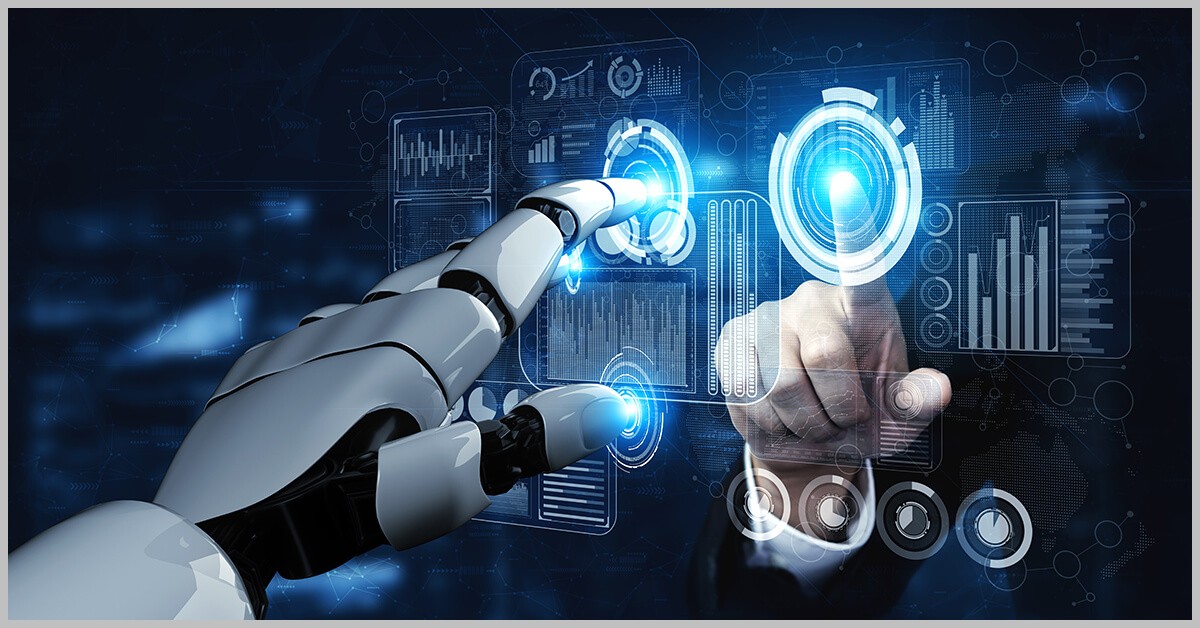Introduction:
Artificial Intelligence (AI) has evolved into a transformative force across various industries, revolutionizing the way we live and work. Behind the scenes, a myriad of advanced technologies work in tandem to enable AI systems to learn, reason, and make decisions. In this article, we’ll explore the key technologies that form the backbone of AI, driving innovation and shaping the future.
- Machine Learning (ML): At the core of AI lies Machine Learning, a subset of AI that empowers systems to learn from data without explicit programming. ML algorithms analyze patterns, make predictions, and continually improve performance with more exposure to data. Deep Learning, a subset of ML, involves neural networks with multiple layers that mimic the human brain’s structure. Deep Learning has been particularly instrumental in image and speech recognition, natural language processing, and other complex tasks.
- Natural Language Processing (NLP): NLP enables machines to understand, interpret, and generate human language. This technology is essential for chatbots, language translation, sentiment analysis, and voice recognition. NLP algorithms rely on linguistic models and semantic understanding to process and respond to human language in a way that is contextually relevant.
- Computer Vision: Computer Vision allows machines to interpret and make decisions based on visual data. This technology has applications in image and video analysis, facial recognition, object detection, and autonomous vehicles. Convolutional Neural Networks (CNNs) are commonly used in computer vision tasks, mimicking the visual processing of the human brain.
- Reinforcement Learning: Reinforcement Learning is a paradigm where an AI agent learns by interacting with its environment and receiving feedback in the form of rewards or penalties. This technology has proven effective in training AI systems for complex decision-making scenarios, such as game playing, robotics, and autonomous systems.
- Robotics: AI and robotics go hand in hand, with AI algorithms powering the brains of robots. Machine learning algorithms enable robots to adapt to changing environments, learn from experience, and execute tasks with precision. This fusion of AI and robotics has applications in manufacturing, healthcare, logistics, and more.
- Edge Computing: Edge Computing involves processing data closer to the source rather than relying solely on centralized cloud servers. In the context of AI, edge computing reduces latency and enhances real-time processing capabilities, making it crucial for applications like autonomous vehicles, smart cities, and IoT devices.
- Quantum Computing: As AI models grow in complexity, the demand for faster and more powerful computing grows as well. Quantum Computing holds promise in significantly accelerating AI computations, especially for solving complex optimization problems and training large-scale models.
- Explainable AI (XAI): As AI systems become more intricate, the need for transparency and interpretability grows. Explainable AI focuses on developing models that provide understandable explanations for their decisions, enhancing trust and facilitating human understanding of AI-driven outcomes.
- Generative Adversarial Networks (GANs): GANs consist of two neural networks, a generator, and a discriminator, engaged in a competitive process. This technology is used for generating synthetic data, creating realistic images, and enhancing data augmentation techniques, contributing to advancements in image and content generation.
Conclusion:
The field of Artificial Intelligence is a dynamic and rapidly evolving landscape, with technologies continuously pushing the boundaries of what AI systems can achieve. The integration of machine learning, natural language processing, computer vision, and other cutting-edge technologies is driving unprecedented advancements, making AI an indispensable tool in solving complex problems and shaping the future of technology. As researchers and engineers continue to innovate, the synergy between these technologies will likely unlock new possibilities, bringing about transformative changes in diverse sectors of our society.


